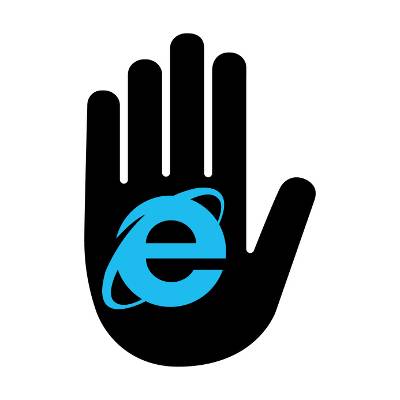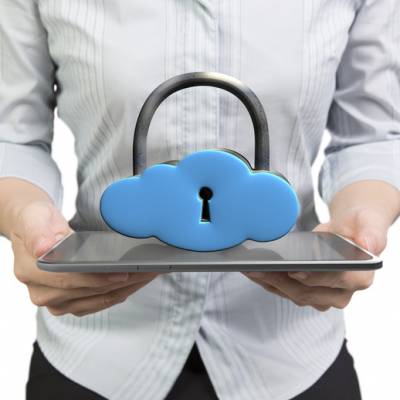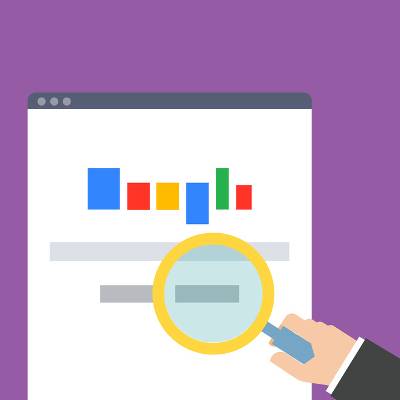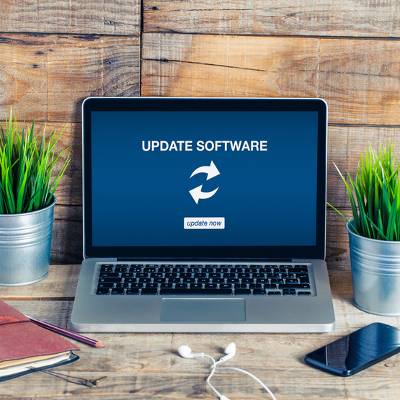It’s important that your business uses the most recent version of any operating systems and software solutions used by your workforce, but Internet Explorer “fans” have had a rough start to 2016. Nearly a quarter of all Windows PCs are still using unsupported versions of Internet Explorer, half of which are still running Windows XP.
Macro Systems Blog
Social media may be a great way to connect with other professionals and communicate with your friends, but it can be dangerous if you have poor posting habits. Before you share something, think twice about whether it contains any sensitive information that could be risky to yourself and your business.
All business owners should be aware of which Microsoft products they use. It’s one of the many complex and confusing parts of managing your technology. Of course, all great things must eventually come to an end, and the same applies to your mission-critical applications and operating systems. When your solutions can no longer be considered secure and are no longer supported by the developer, you know it’s time to move on and upgrade to something better.
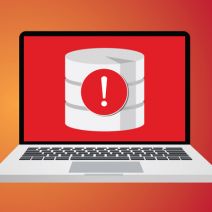 Getting hacked is a scary occurrence. It’s a major reason why you have security measures put into place. You try to avoid it as much as you can, but getting outsmarted by hackers happens to the best of us. The good news is that as long as you approach your hacking incident in a reasonable way, you can limit the amount of damage that’s done to your infrastructure.
Getting hacked is a scary occurrence. It’s a major reason why you have security measures put into place. You try to avoid it as much as you can, but getting outsmarted by hackers happens to the best of us. The good news is that as long as you approach your hacking incident in a reasonable way, you can limit the amount of damage that’s done to your infrastructure.
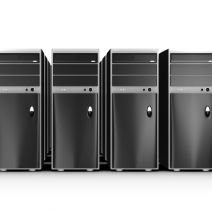 The business owner has always had the unique challenge of managing and maintaining all of their organization’s operations and administrative difficulties. These days, technology is also a major pain point for organizations that rely heavily on it. Your business can free up valuable time and resources by choosing to outsource your organization’s technical obligations to a managed service provider.
The business owner has always had the unique challenge of managing and maintaining all of their organization’s operations and administrative difficulties. These days, technology is also a major pain point for organizations that rely heavily on it. Your business can free up valuable time and resources by choosing to outsource your organization’s technical obligations to a managed service provider.
 Security is important for much more than just the Internet. It’s an integral part of organized society, to the point where there are several layers of security for public transportation, airports, and so much more. The only problem is that properly taking advantage of security is only as effective as how well your employees adhere to corporate policy.
Security is important for much more than just the Internet. It’s an integral part of organized society, to the point where there are several layers of security for public transportation, airports, and so much more. The only problem is that properly taking advantage of security is only as effective as how well your employees adhere to corporate policy.
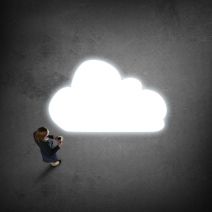 The cloud becomes more popular in the business environment with every passing day, and it’s so prevalent that you’d have trouble finding even a single business that doesn’t use it to some degree. However, we often find that the way that the cloud is explained to businesses is counter-productive and confusing. We’re here to help you understand the real trend behind cloud computing that’s driving cloud adoption: virtualization.
The cloud becomes more popular in the business environment with every passing day, and it’s so prevalent that you’d have trouble finding even a single business that doesn’t use it to some degree. However, we often find that the way that the cloud is explained to businesses is counter-productive and confusing. We’re here to help you understand the real trend behind cloud computing that’s driving cloud adoption: virtualization.
When you think about the stock market, one vibrant image that comes to mind is the chaotic trading floor of the New York Stock Exchange, with traders climbing over each other and barking orders. Today, the NYSE trading floor is much more subdued, a testimony to just how much technology has changed the financial marketplace.
In a recent poll by WSJ/NBC comparing tech companies to US presidential candidates, Google came out on top with 67 percent of respondents having a positive opinion of the company. Compare this to Apple’s 54 percent, and 43 percent going to the highest-rated candidate. Perhaps Apple and the politicians can take a cue from Google and make use of Easter eggs, because who doesn’t love Easter eggs?
It’s been over two years since Microsoft officially cut the cord on Windows XP. As the most popular Windows operating system at the time, it was a huge blow to both businesses and consumers alike. Thankfully, a migration to Windows 10 isn’t nearly as difficult as one from XP. What lessons can be learned from Windows XP’s end of life event that can be applied to upgrading to Windows 10?
 Like many mobile devices, iPhones don’t have a slot for an external memory card, which means the device can easily become too full to use. When this happens, pictures can’t be taken and some apps just won’t work. If you’re experiencing this issue with your iPhone, just rent a movie. It works. Seriously.
Like many mobile devices, iPhones don’t have a slot for an external memory card, which means the device can easily become too full to use. When this happens, pictures can’t be taken and some apps just won’t work. If you’re experiencing this issue with your iPhone, just rent a movie. It works. Seriously.
 Regardless of how your business’s administration is set up, you should be aware that anyone in a position of authority must have a basic understanding of how IT, and its related responsibilities, functions for your business. Here are four ways that you can learn more about how IT works within your organization.
Regardless of how your business’s administration is set up, you should be aware that anyone in a position of authority must have a basic understanding of how IT, and its related responsibilities, functions for your business. Here are four ways that you can learn more about how IT works within your organization.
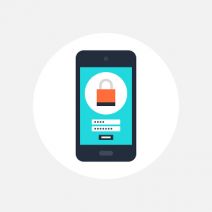 Most companies have to have a workforce, generally one of considerable size. Unfortunately, the more users you have, the more potential risks you run into. Of course, your workforce doesn’t collectively intend to be a security risk, but the digital world is a complicated place, with threats around every corner and malicious programs just waiting for your employed end-users to slip up. Here are ten such honest slip-ups to watch out for:
Most companies have to have a workforce, generally one of considerable size. Unfortunately, the more users you have, the more potential risks you run into. Of course, your workforce doesn’t collectively intend to be a security risk, but the digital world is a complicated place, with threats around every corner and malicious programs just waiting for your employed end-users to slip up. Here are ten such honest slip-ups to watch out for:
 Every business owner understands that having a good reputation is paramount toward their success. Yet, some business owners may not fully grasp just how much the Internet influences their company’s reputation in today’s business environment. In order to find out what the people of the Internet are saying about your business, you have to manage your company’s online reputation.
Every business owner understands that having a good reputation is paramount toward their success. Yet, some business owners may not fully grasp just how much the Internet influences their company’s reputation in today’s business environment. In order to find out what the people of the Internet are saying about your business, you have to manage your company’s online reputation.
 The break-fix IT model can be exhausting and unpredictable. When your technology unexpectedly breaks down, you shouldn’t have to grasp at straws just to keep operations running. Thanks to the proactive approach of managed IT services, the break-fix model is on borrowed time. Will your business move on from this antiquated method of managing technology, or will it remain stuck in the past, unable to move forward?
The break-fix IT model can be exhausting and unpredictable. When your technology unexpectedly breaks down, you shouldn’t have to grasp at straws just to keep operations running. Thanks to the proactive approach of managed IT services, the break-fix model is on borrowed time. Will your business move on from this antiquated method of managing technology, or will it remain stuck in the past, unable to move forward?

